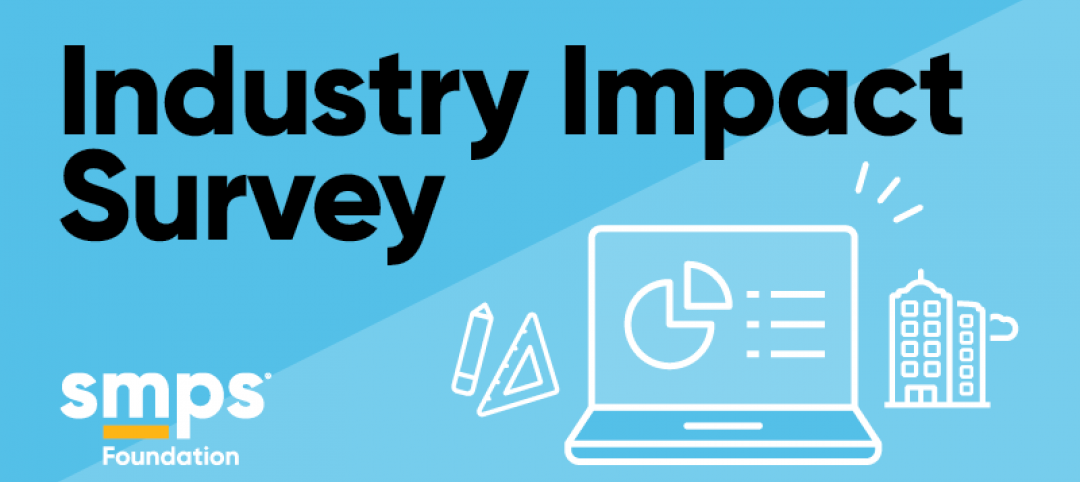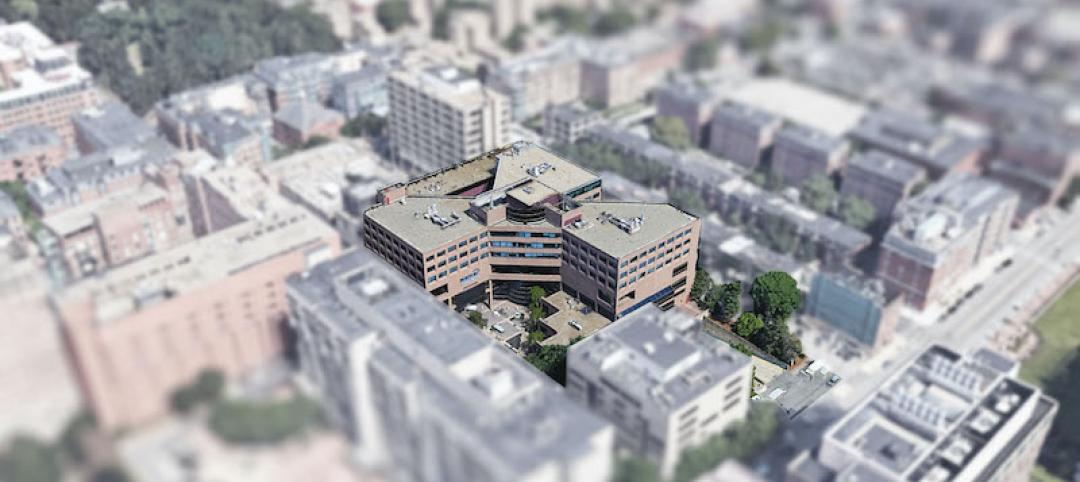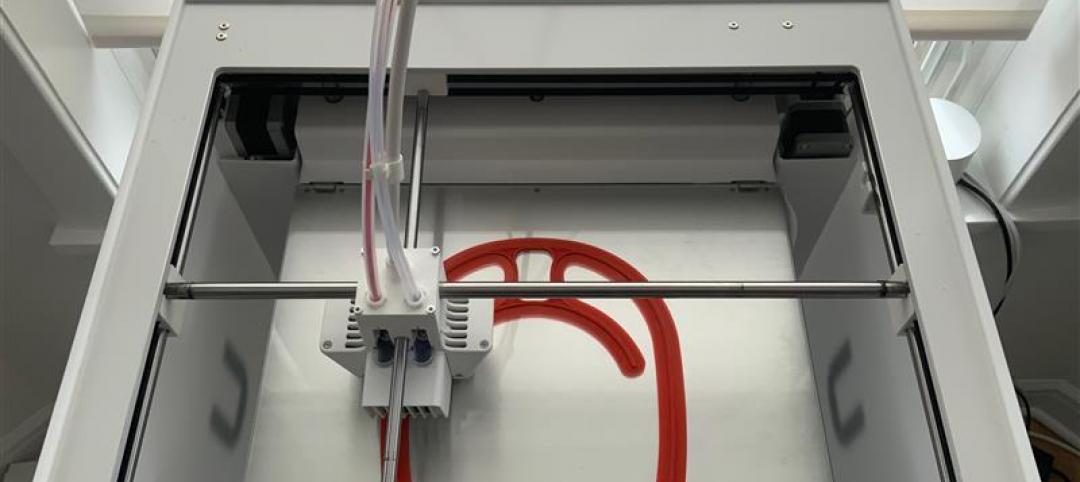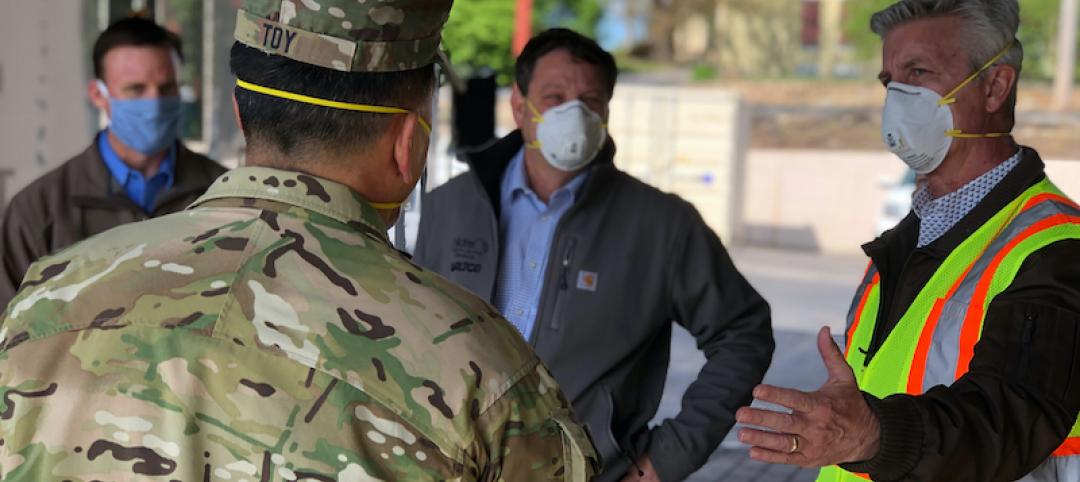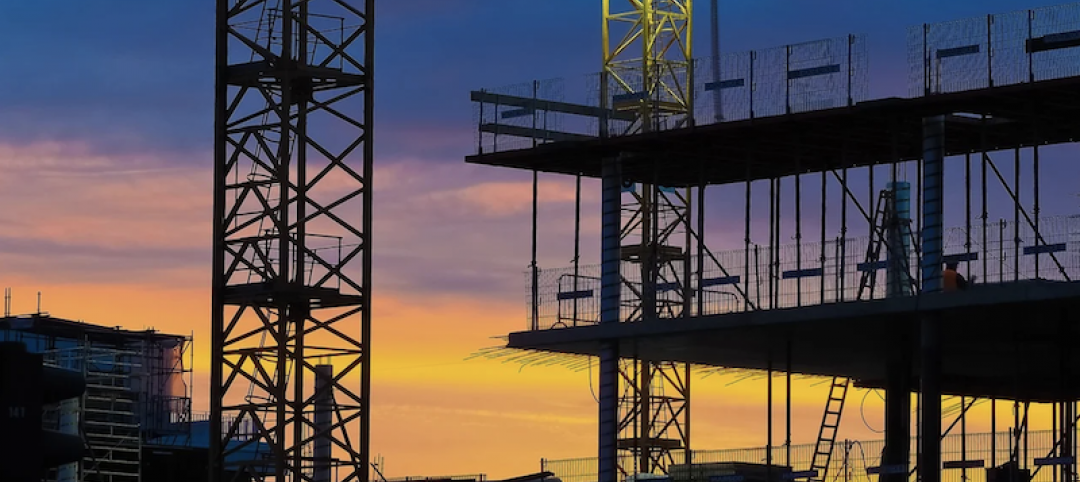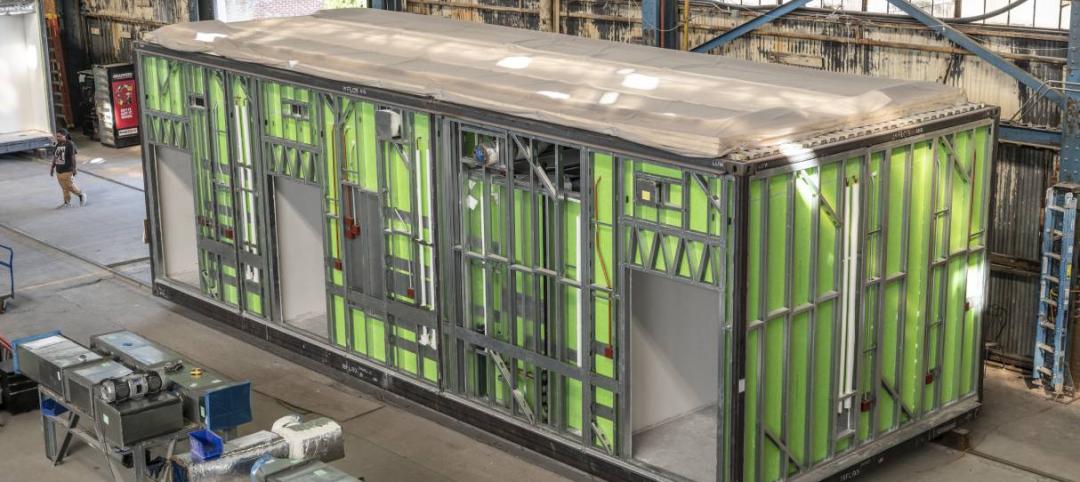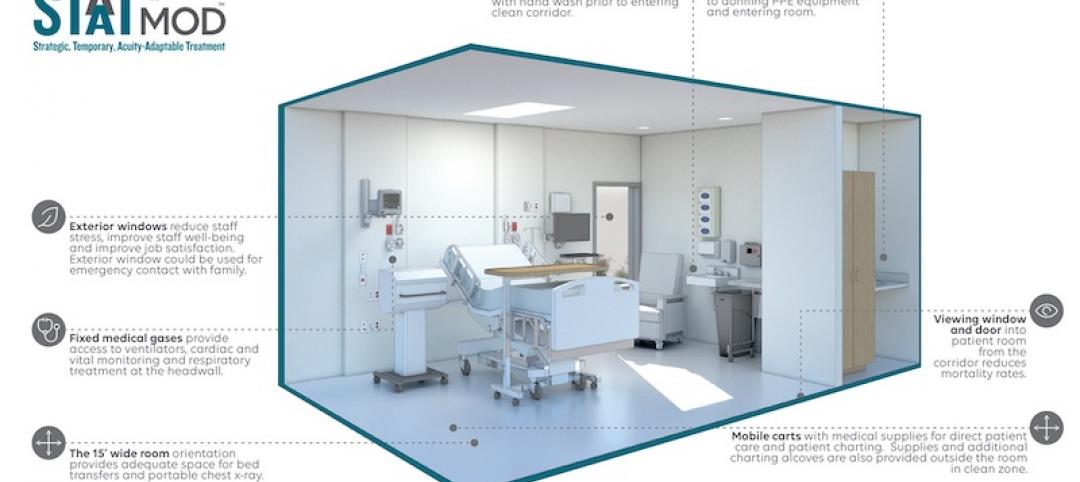In its second survey of 11.5 million units of professionally managed apartment units across the country, the National Multifamily Housing Council (NMHC) found that 84% of apartment households made a full or partial rent payment by April 12, up 15 percentage points from April 5.
NMHC’s Rent Payment Tracker numbers also examined historical numbers and found that 90% of renters made full or partial payments from April 1-12, 2019, and 91% of renters in March 1-12, 2020. The latest tracker numbers reflect a payment rate of 93% compared to the same time last month. These data encompass a
“It appears that the vast majority of apartment residents who can pay their rent are doing so ... so apartment owners can help residents who legitimately need help,” said President Doug Bibby. “Unfortunately, unemployment levels are continuing to rise and delays have been reported in getting assistance to residents, which could affect May’s rent levels."
Bibby said that, as apartment residents begin receiving the direct payments and enhanced unemployment benefits from the federal government, "we will continue to see improvements in rent payments.”
CLASS A PROPERTIES DOING BETTER ON RENT PAYMENTS THAN WORKFORCE HOUSING
“Anecdotally, we are hearing that different parts of the industry are experiencing different levels of rent payments,” said David Schwartz, NMHC Chair and CEO Chairman of Chicago-based Waterton. “As you would expect, more expensive Class A properties, whose resident base may be more able to work from home, are reporting much higher percentage of rent payments than operators of more affordable workforce
"History offers us no frame of reference for the truly unprecedented economic situation we find ourselves in,” said Bibby. "With apartment firms stepping up to support their residents by waiving late fees, creating flexible payment plans and offering other creative solutions for residents impacted by COVID-19, we expected more renters to pay later in the month than has historically been the case. The increase in this week’s number over last week’s, however, shows that apartment residents are continuing to pay rent despite the financial challenges facing them.”
The NMHC Rent Payment Tracker metric
HOW NMHC'S PAYMENT TRACKER WORKS
The NMHC Rent Payment Tracker is a cumulative data tool. Every week, the PMS providers submit two data points to NMHC: the percentage of apartment households that paid their rent for a specific time period and the total number of occupied units in their data universe (with certain exclusions). Data is submitted weekly on the following schedule: week one: from the first day of the month through COB on the 5th, week two: from the 1st through COB on the 12th , week three: from the 1st through COB on the 19th and finally from the 1st through the last day of the month, giving a monthly data point for the "percent who paid." To recap, the "percent who paid" number will increase each week, until we reach our final “percent who paid” number for the month.
Partial payments or conversions of security deposits into rent (which some property management firms are allowing) are captured once, when the first partial payment is accepted to avoid having them double counted. Subsequent partial payments are not captured in the data because the metric is “what percent of renters paid some/all of their rent” in a given month. Additional payments made by the same resident in the month would increase the total amount of rent paid, but this metric does not measure that.
The NMHC Rent Payment Tracker is powered by Entrata, MRI Software, RealPage, ResMan and Yardi. More information on the NMHC Rent Payment Tracker can be found here. Additional NMHC resources, data, and materials can be found here.
Related Stories
Coronavirus | Apr 15, 2020
How has your work been impacted by COVID-19?
The SMPS Foundation and Building Design+Construction are studying the impact of the coronavirus pandemic on the ability to attain and retain clients and conduct projects, along with other consequences.
Coronavirus | Apr 15, 2020
DCAMM teams with SLAM and Gilbane Building Company to re-occupy Newton Pavilion for temporary quarantine of homeless during COVID-19 pandemic
First and only quarantine shelter in Boston-area to convert a shuttered hospital for homeless patient occupancy.
Coronavirus | Apr 15, 2020
3D printing finds its groove fabricating face shields during COVID-19 crisis
The architecture firm Krueck + Sexton is producing 100 shields for a Chicago-area hospital.
Coronavirus | Apr 14, 2020
COVID-19 alert: Missouri’s first Alternate Care Facility ready for coronavirus patients
Missouri’s first Alternate Care Facility ready for coronavirus patients
Coronavirus | Apr 13, 2020
COVID-19 alert: City conducts a 'virtual building inspection' to allow Starbucks and bank to open
Bothell, Wash., issues a certificate of occupancy to developer after inspecting the property online.
Coronavirus | Apr 13, 2020
Construction layoffs spread rapidly as coronavirus shuts down projects, in contrast to job gains through February in most metros
Association officials urge quick enactment of infrastructure investment, relief for hard-hit firms and pensions in order to save jobs in construction and supplier industries.
Coronavirus | Apr 12, 2020
How prefab can enable the design and construction industry to bring much needed beds to hospitals, faster
The outbreak of COVID-19 represents an unprecedented test for the global healthcare system. Managing the pandemic—and saving lives—depends largely on the availability of medical supplies, including the capacity of hospitals. But the United States lags behind other nations, with only 2.8 beds per thousand people compared to 4.3 in China and 12.8 in South Korea.
Coronavirus | Apr 10, 2020
HGA and The Boldt Company devise a prefabricated temporary hospital to manage surge capacity during a viral crisis
A STAAT Mod system can be ready to receive patients in less than a month.
Coronavirus | Apr 10, 2020
COVID-19: Converting existing hospitals, hotels, convention centers, and other alternate care sites for coronavirus patients
COVID-19: Converting existing unused or underused hospitals, hotels, convention centers, and other alternate care sites for coronavirus patients
Coronavirus | Apr 9, 2020
COVID-19 Design Innovation Grant: IDA offers $14,000 to spur design innovation for combating the coronavirus pandemic
The International Design Awards is looking for innovations in low-cost ventilators, in-home isolation pods, and reusable masks.



